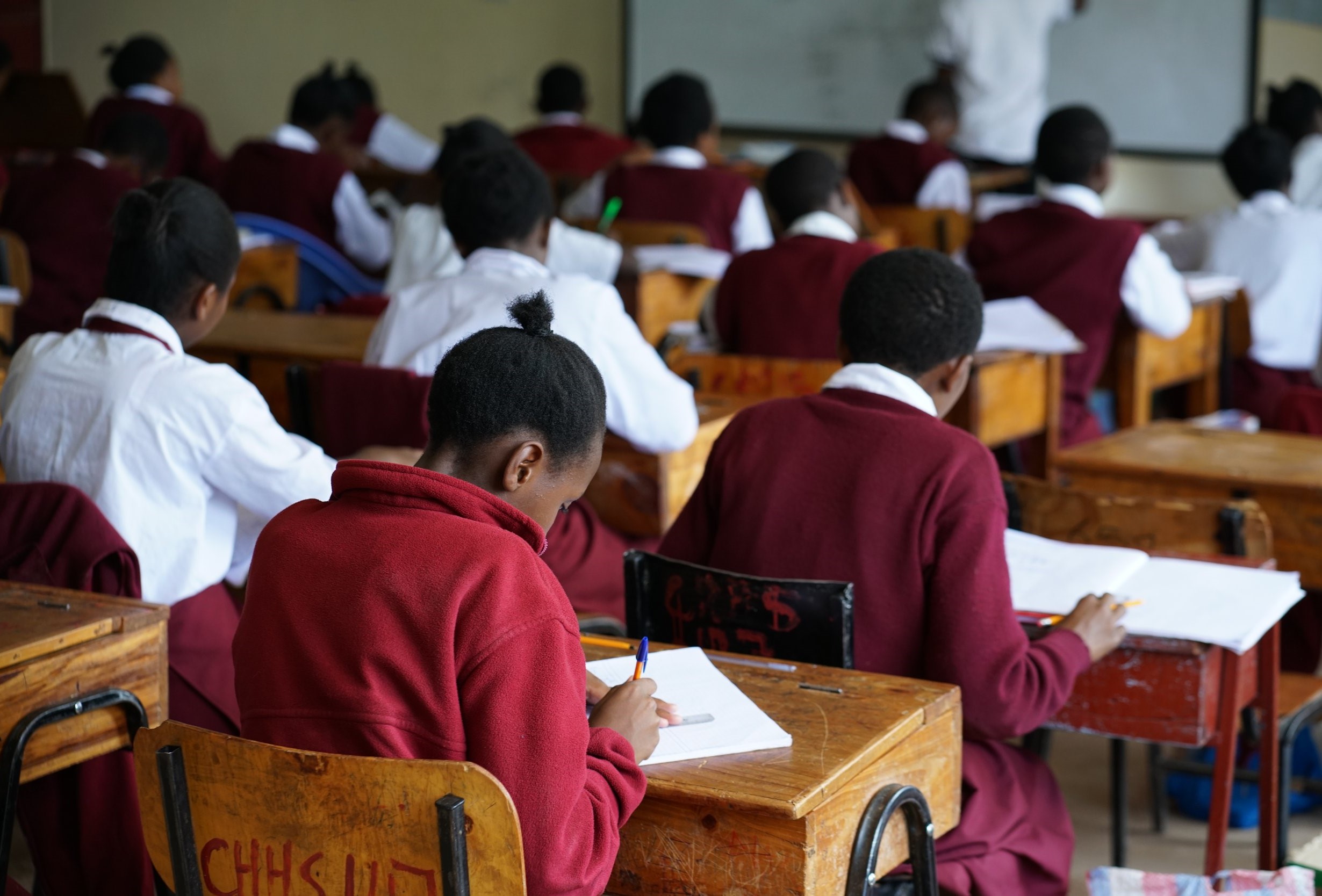Crisis or disaster management in education is a critical issue that demands the concerted efforts of both government entities and educational practitioners.
Schools, being hubs of large populations, are particularly vulnerable to crises ranging from natural disasters like earthquakes and floods to human-made emergencies such as shootings or chemical spills. Effective management strategies are vital to ensure the safety and continuity of education for students.
Governments play a pivotal role in setting the framework for crisis management in education. This involves the development of comprehensive policies and protocols that schools must follow in the event of a disaster.
These policies often include guidelines for emergency preparedness, response, and recovery. Governments also allocate funding for necessary infrastructure improvements, such as earthquake-resistant buildings or advanced security systems.
READ ALSO:
Practitioners, including school administrators, teachers, and staff, are responsible for implementing these policies and ensuring that the school community is prepared for emergencies. This includes regular emergency drills, such as fire or lockdown drills, to ensure that both students and staff know how to respond quickly and safely.
Teachers play a crucial role in maintaining calm and providing reassurance during a crisis, utilizing their training to manage student behavior and ensure orderly evacuations if necessary.
Moreover, the integration of mental health resources is essential in the aftermath of a crisis. Schools need to provide support services such as counseling to help students and staff cope with the trauma and stress associated with disasters. This holistic approach ensures that the recovery process addresses not only physical safety but also the emotional well-being of the school community.
Collaboration between government bodies and educational practitioners is vital for effective crisis management. By working together, they can develop and refine strategies that are responsive to the unique needs of each educational environment. Continuous training, resource allocation, and community involvement are key to building resilient educational institutions capable of withstanding and recovering from crises.
By Tonny Kyule
Kyule, a student in Communication, Journalism and Media Studies Department at Rongo University, Migori County.
You can also follow our social media pages on Twitter: Education News KE and Facebook: Education News Newspaper for timely updates.
>>> Click here to stay up-to-date with trending regional stories






